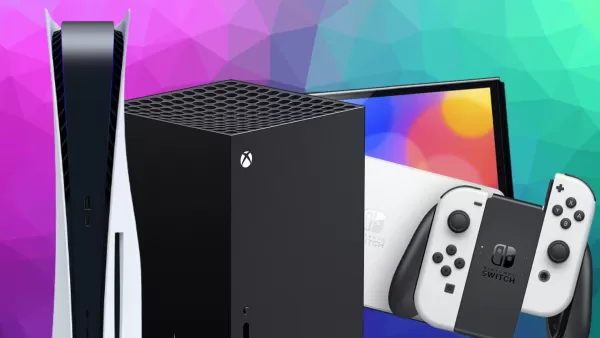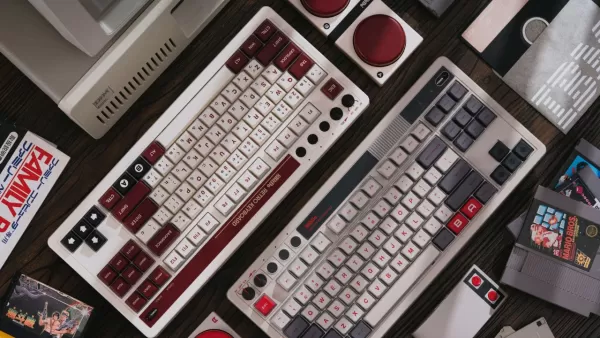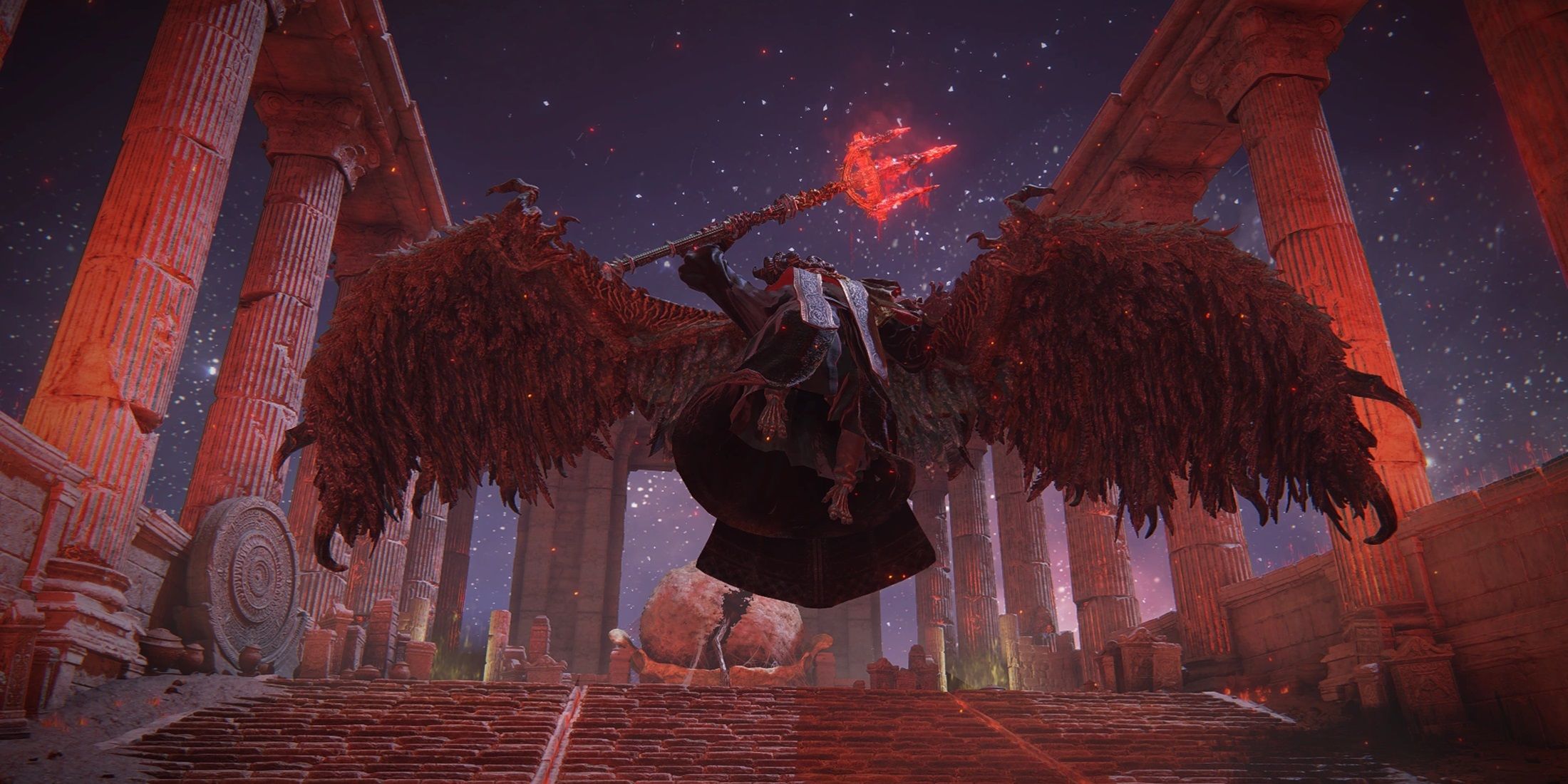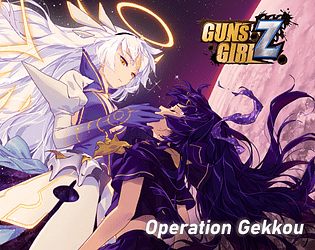New tariffs under the Trump administration are starting to hit U.S. consumers, with potentially worse effects looming. Announced in March, these tariffs sparked warnings of price increases and supply chain disruptions, affecting video game consoles, physical games, and accessories.
In April, a 10% universal import tariff was introduced, followed by targeted "reciprocal tariffs" on over 50 countries. Tariffs on Chinese imports briefly hit 145% before being scaled back to 30% in May.
The fluid tariff landscape is already reshaping the gaming industry. Major players like Sony, Microsoft, and Nintendo are exploring price adjustments, supply chain revisions, and bracing for an unpredictable year.
Major Gaming Brands

Industry giants like Sony, Microsoft, and Nintendo are better equipped to handle tariff challenges due to substantial cash reserves and adaptable supply chains. However, prolonged tariffs could lead to unavoidable price increases for consumers.
Sony
Sony has remained largely silent on the latest U.S. tariffs. Despite a stock dip after the April 5 reciprocal tariffs, the PlayStation maker has not yet raised U.S. product prices.
However, signs point to potential changes. Sony increased PS5 console prices in Europe, the UK, Australia, and New Zealand in April, citing economic pressures like inflation and currency fluctuations. CFO Lin Tao noted in a recent interview that Sony is monitoring market trends and may pass on costs to consumers, estimating a $685 million hit from tariffs.
Although most PlayStation consoles and accessories are made in China, Sony is diversifying its supply chain, exploring U.S.-based production. It has also stockpiled a three-month PS5 inventory in the U.S. to cushion short-term tariff effects.
With rising console prices from competitors like the Nintendo Switch 2 and Xbox Series, the PS5 Pro appears relatively affordable. But sustained tariffs on Chinese imports could force Sony to raise prices on consoles, games, and accessories to offset costs.
Currently, Sony is holding its annual PlayStation Days of Play sale, offering temporary discounts on consoles, controllers, and games.
Microsoft
Microsoft quickly responded to the tariffs, increasing prices across its Xbox hardware lineup on May 1, with the Xbox Series X now priced at $600. As most Xbox consoles and accessories are made in China, Microsoft is factoring higher import costs into its pricing to maintain margins.
Microsoft is well-positioned to adapt, using a Guadalajara, Mexico facility for final assembly of many U.S.-bound Xbox products. Some Xbox Series S consoles, made in Vietnam since 2023, show Microsoft’s shift away from China.
Xbox game prices are also set to rise this holiday season, with first-party titles reaching $79.99. While Nintendo and PlayStation prices remain steady for now, analysts predict others will follow Microsoft’s lead.
Accessories like controllers and headsets, mostly made in China, face tariff-driven price hikes. Microsoft’s broader hardware, including Surface devices, encounters similar issues, despite some production shifting to Thailand and Vietnam since 2020.
Nintendo
Nintendo unveiled the Switch 2 just before the reciprocal tariffs took effect, triggering fan backlash over its $449 price. The company delayed U.S. and Canadian preorders to evaluate tariff impacts and market conditions.
Nintendo later confirmed the Switch 2’s U.S. price would hold at $449 for the base model and $499 for the Mario Kart World bundle. Instead of raising console prices, it increased accessory costs by $5 to $10.
While most Nintendo hardware and accessories are made in China, production partially shifted to Vietnam in 2019. Over one million Switch 2 consoles were stockpiled in the U.S. before the June 5 launch to counter tariff effects.
About one-third of Switch 2 consoles are now made in Vietnam, but China remains central to Nintendo’s supply chain. With accessory prices rising and some first-party games hitting $80, further hikes could follow if tariffs continue.
President Shuntaro Furukawa expressed concerns about U.S. tariffs, noting that rising costs for essentials could limit consumer spending on consoles. Still, Nintendo projects 15 million Switch 2 units sold in its first year.
Razer
Razer, a leading gaming accessory brand with headquarters in Singapore and Irvine, California, is known for its RGB-enhanced peripherals, including mice, keyboards, headsets, and gaming chairs.
Razer also produces the high-performance Razer Blade gaming laptop, balancing power and portability.
Most Razer products are made in China, with some in Taiwan, making the company vulnerable to tariffs. After the April reciprocal tariffs raised Chinese import rates to 145%, Razer paused U.S. sales of certain products, including the Razer Blade 16.
With Razer’s premium pricing, prolonged tariffs could drive costs even higher, potentially pricing out budget-conscious gamers.
Dell
Dell, including its Alienware gaming line, faces significant tariff impacts due to its reliance on Chinese manufacturing. However, its global facilities in Brazil, India, Malaysia, Mexico, Poland, and Vietnam may help mitigate some costs.
Dell relies heavily on semiconductors, primarily from Taiwan’s TSMC. A 32% tariff on Taiwanese imports was proposed in April but temporarily exempted for semiconductors, though this relief may not last.
To counter supply chain uncertainty, Dell has stockpiled products in U.S. warehouses. With the 90-day tariff pause ending July 8, consumers may want to buy now to avoid potential price hikes.
More Gaming Accessory Brands Likely to Face Tariff Impacts

Smaller accessory brands, heavily reliant on Chinese manufacturing, are also poised to feel tariff effects soon.
8BitDo
8BitDo, known for retro-style peripherals, is based in China and has halted shipments from there, relying on U.S. inventory to meet demand.
ASUS
ASUS, maker of gaming PCs, peripherals, and ROG products, primarily manufactures in China and Taiwan, with some assembly in Vietnam.
Corsair
Corsair, including SCUF and Elgato, produces mainly in Taiwan, with additional manufacturing in China, the Philippines, Thailand, and Vietnam.
Gigabyte
Gigabyte’s gaming PCs and peripherals are made in China and Taiwan.
HORI
HORI products are manufactured in China.
HP
HP, including HyperX and HP Omen gaming PCs, primarily manufactures in China, with facilities in Mexico, Taiwan, and Vietnam.
Logitech
Logitech, including ASTRO Gaming, mainly produces in China, with some manufacturing in Taiwan, Thailand, and Vietnam.
PowerA
PowerA products are made in China.
Samsung
Samsung, a major electronics brand, manufactures products like smartphones and TVs in China, Mexico, the Philippines, South Korea, and Vietnam.
SanDisk
SanDisk produces flash memory like SD cards in China, Japan, and Malaysia, and SSDs in China and Thailand. With the Switch 2 using MicroSD Express cards, prices may rise.
Secretlab
Secretlab’s gaming chairs are made in China.
Steelseries
Most Steelseries products are made in China, with mousepads produced in Taiwan.
Turtle Beach
Turtle Beach products are manufactured in China.
Valve
Valve, behind Steam, manufactures products like the Steam Deck and Valve Index VR headset in China.

 Latest Downloads
Latest Downloads
 Downlaod
Downlaod




 Top News
Top News









